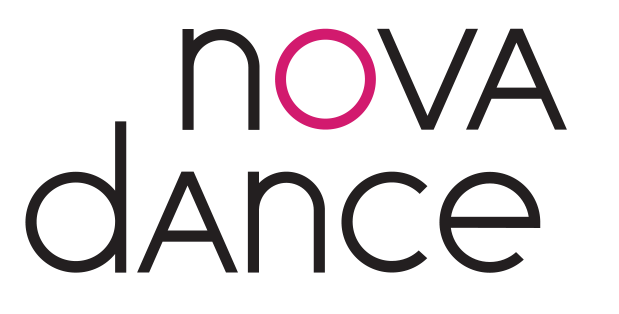Digging Deeper: Totality in form: Burlesque and Bharatanatyam
Writer-in-Residence, Shivani Joshi, interviews Nova Bhattacharya and Dainty Smith, creators of Metal Queen:
Nova Bhattacharya’s Metal Queen encompasses totality, finding wholeness in the overlap between Bharatanatyam and Burlesque. In collaboration with Dainty Smith, Nova’s representation of the Goddess Kali finds a trajectory that awed audiences at Dainty’s production of the Femme Fatale show, themed ‘Tuff Stuff’.
Nova and Dainty reflect on the totality of their forms, and the seduction, satire, irony, anger, rage, sensuality, and agency that come with the narratives that they create. Burlesque is often viewed as entertainment, Dainty shares, and it’s easy to overlook the finer points, or the foundation of the art form. Telling the story and owning the narrative take centre stage in this rendition, because everything else is there to serve the trajectory of the piece. Nova sees these elements in Bharatnatyam’s emphasis on abhinaya and character development.
Nova opens the performance with a powerful image: Kali, holding her sari, embodying the fierceness and unapologetic power of an angry goddess. In this collaborative creation, Nova shares new insights into burlesque, one being the challenge of not internalizing the music. By owning the story and the narrative, Dainty believes that this becomes the guide and the container to share this character, and by not being locked into musical cues, there is an opening to play with the audience, to perform, and to allow the unexpected to happen.
Dainty reflects on black and brown femmes performing in spaces that often don’t take care of the person within the performance. We all create performances in relatively controlled environments, in studios and rehearsals. And then we leave, placing the piece in the eyes of the audience, in the hands of the venue, and at a moment’s notice, everything can change. The ability to deal with the unpredictability of the environment allows us to achieve ownership in a particular way, that is to say, we control our toolkit, and our value is not dependent upon who is in the room. In allowing the character to guide the story with touchpoints, we develop the ability to bet on ourselves.
In Kali, I saw moments of power, connection, violence, fierce seduction, sensuality, and so much more. Nova keeps our relationship to Kali everchanging with her use of props that evoke strong imagery in the depiction of Kali with her tongue stuck out. Is it an angry roar or an orgasm? We question the duality of the woman and her intentions. With wardrobe malfunctions and moments of chaos, Nova’s strength in the character and the performance allows us, the audience, to believe in the authenticity of the representation and encourages us to be curious about the story.
Photo by Slyplaystudios
Kali is often associated with anger, rage, and battle lust. Nova tells me about Kali’s idea of love, her desire for rage to combat the root of all evil, and her protection of love. In exploring the range in Kali as a woman, she explores Kali as a character outside of the religious rites, bringing her depth to rituals of gathering and moments of storytelling. Throughout the piece, we see ‘reveals’, or moments of shifts and change. Reveals are not just physical portrayals; reveals are pivot points of the character as well. From angry goddess to sensuality in a moment of licking the blood from the head of a demon, Nova expertly weaves in all the complexities and nuances of a powerful woman.
Burlesque allows for this kind of openness, the ability to free the mind from the music and engage with the pure abhinaya, or expression, of the character. In burlesque, Dainty comments, the audience still needs your permission to enjoy the performance. They constantly see your face, and the performer needs to be unabashedly creating experiences for intimacy with the audience. In developing this relationship, everything must speak to the character for it to translate to the audience. Burlesque works with three different archetypes; the femme, the clown, and the coquette. In finding identity, complicating these archetypes can include lots of mirror work and character development. Nova’s own work with the coquette proved to be a journey of learning about cultural resistance. The coquette is not just a simple woman -far from it- the coquette is a woman who is soft, sweet, and flirtatiously manipulates you; she is getting things done in a particular way, and she’s surreptitiously guiding your every move without your conscious knowledge of the fact. Finding a new relationship with these archetypes reminds Nova of working with characters and archetypes in Bharatanatyam. The parallels between Burlesque and Bharatnatyam are revealed in the character work, in the depth of embodying another, and in the relinquishing of the self, only to find the self again in the character that was chosen.
In between Burlesque and Bharatanatyam are the black and brown bodies that reclaim agency, deciding which promises to keep, and which to withhold. Displaying an art form that exists within the fringes of society, performing the goddess who exists at the fringes herself, and recontextualizing what the viewer sees and experiences in the dance is how Nova claims Kali as her own.



